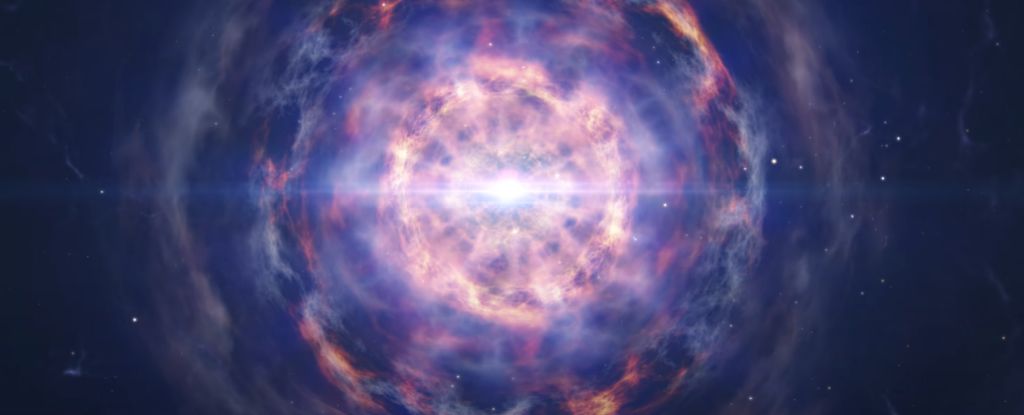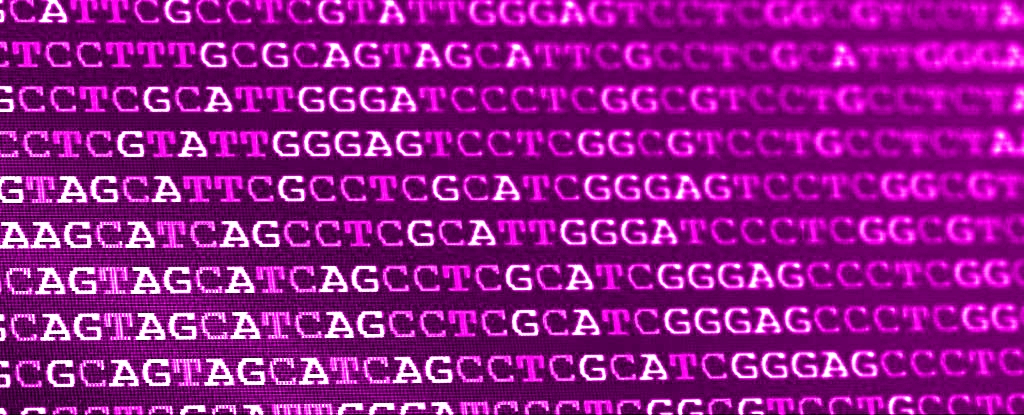Never-before-seen ratios of particles making up atomic nuclei have emerged in a landmark experiment involving the fragmentation of heavy elements.
By breaking apart the nuclei of platinum, physicists led by Oleg Tarasov of Michigan State University have discovered new isotopes of rare-Earth elements thulium, ytterbium, and lutetium. It’s an achievement that scientists believe will help them understand the properties of neutron-rich nuclei and the processes that forge new elements in the collision of neutron stars.
The work, the researchers say, also demonstrates the power of Michigan State University’s recently completed Facility for Rare Isotope Beams (FRIB), which conducted its first experiment in June 2022.
Not all forms of an element are built alike. Each atomic nucleus consists of a number of subatomic particles known as nucleons – protons and neutrons. The number of protons is consistent across all forms of an element, and gives that element its atomic number.
The number of neutrons, however, can vary. These variations determine what are known as the isotopes of an element.
All elements have a number of isotopes, which form with varying levels of stability. Some decay extraordinarily quickly, breaking down into lighter elements in a puff of ionizing radiation. Some just hang out in perfect stability. Understanding the different isotopes, and how they behave, helps scientists figure out how the Universe makes elements, and estimate abundances for those elements across space and time.
To forge their new isotopes, Tarasov and colleagues started with an isotope of platinum with 120 neutrons called 198Pt. Standard platinum has 117 neutrons; using a heavier isotope can change the way the nucleus fragments.
They placed these atoms in the FRIB, which uses a heavy-ion accelerator to fragment atomic nuclei. Beams of rare isotopes are fired at a target at velocities greater than half the speed of light. When they hit the target, these isotopes shatter into lighter isotopes of nuclei; physicists can then detect and study these isotopes.
In the fragmentation of 198Pt, Tarasov’s team discovered 182Tm and 183Tm, with 113 and 114 neutrons respectively; standard thulium has 69 neutrons. They also found 186Yb and 187Yb, with 116 and 117 neutrons, respectively; standard ytterbium has 103 neutrons. Finally, they found 190Lu, with 119 neutrons; standard lutetium has 104 neutrons.
Each of these isotopes were seen in multiple runs of the accelerator. This means, the researchers say, that FRIB can be used to study the synthesis of neutron-rich isotopes of heavy elements in regimes that have heretofore been pretty neglected – not for lack of interest, but the ability to create and detect them.
This, in turn, could help us understand how violent cosmic events forge the heaviest elements in the Universe. Anything heavier than iron in the Universe can only be created in extreme conditions, those seen in supernovae, for example, and collisions between neutron stars.
One nucleosynthesis process seen in neutron star collisions is the rapid neutron-capture process, or r-process. This occurs when atomic nuclei rapidly glom up the free-floating neutrons that are loosed during the kilonova explosion, beginning their transformation into a heavier element. This is how we get gold, strontium, platinum, and other heavy metals.
The team’s experiment, they say, is getting very close to reproducing the r-process. This means we may very soon have a tool at our disposal that can replicate one of the nucleosynthesis pathways seen in some of the most violent events the Universe has to offer.
“The unique capabilities of FRIB, including very intense primary beams at energies exceeding those that were available at the National Superconducting Cyclotron Laboratory, make it an ideal facility for exploring the region around neutron number N = 126 and beyond,” the researchers write.
“Researchers at FRIB can utilize these reactions to produce, identify, and study the properties of new isotopes, contributing to advancements in nuclear physics, astrophysics, and our understanding of the fundamental properties of matter.”
The research has been published in Physical Review Letters.





